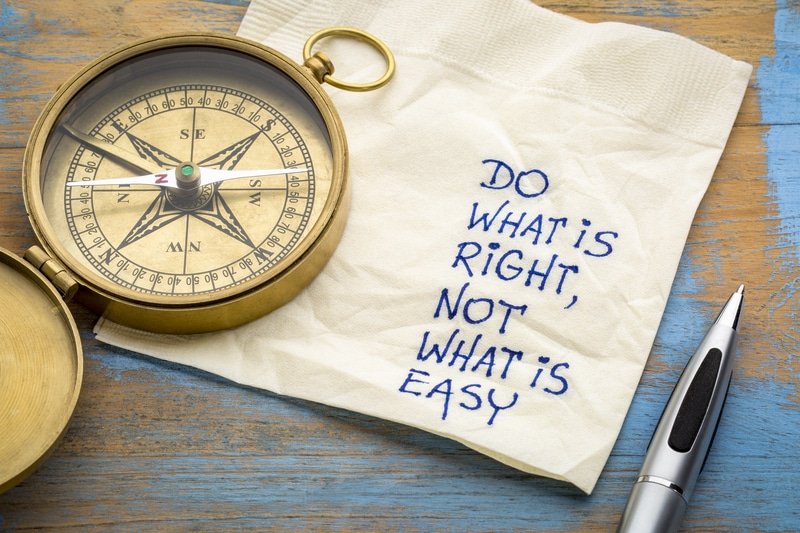Accelerating Progress in Diversity, Equity, Inclusion, and Environmental, Social, Governance Initiatives
All the hubbub and debate over Diversity, Equity and Inclusion and Environmental, Social and Governance initiatives misses the point – or points.
Operating with a DEI/ESG mindset is important because 1) It is the right thing to do; 2) Brands should stand for what is right; and 3) DEI/ESG are good for business.
This McKinsey report revealed that companies in the top quartile for gender, ethnic and cultural diversity on executive teams financially outperformed companies in the fourth quartile by double digits. In one Infosys survey, 90% of executives said ESG initiatives showed positive financial returns. And Thomson Reuters reported that ESG initiatives offers companies opportunities in areas ranging from finances to employee satisfaction to branding.
We know where we want to be – more diverse, equitable and inclusive organizations that are better for the bottom line, the environment, the workforce and are more transparent. We obviously are not there – so how do we get there from here?
I see the same sort of evolution I foretold back in 2003 in No Boundaries: Break Through to Supply Chain Excellence. In that book, I presented the supply chain path forward as:
- Business as usual
- Link excellence
- Visibility
- Collaboration
- Synthesis
- Velocity
A Path Forward for the Evolution of DEI/ESG
Now, some 20 years later, here comes DEI/ESG, and I see a similar path forward:
- Business as usual (Level 1): Many companies do a poor job with DEI and ESG initiatives.
- Link excellence (Level 2): Companies now realize these topics are important, so they examine their organizations and optimize their leadership and operations for DEI/ESG.
- Visibility (Level 3): Fixing your link for ESG/DEI is marvelous, but it does not get the job done because your trading partners are still stuck in the sand – and the company you keep reflects upon you.
- Collaboration (Level 4): Collaborating with your partners (Level 4) generates momentum throughout your entire “supply chain,” so to speak.
- Synthesis (Level 5): This momentum drives multiple enterprises, not just your link, to improve their DEI/ESG scorecards.
- Velocity (Level 6): Synthesis becomes contagious. DEI/ESG has moved from a department or DEI officer to an end-to-end responsibility across all organizations in an ecosystem.
Twenty years after No Boundaries, we finally have and are using the technology to make the term supply chain obsolete. WE can transition to artificial intelligence, machine-learning and cloud-computing-powered Digital Supply Networks. Let’s not take two decades for our organizations to do the same with DEI and ESG.
Jim Tompkins, Chairman and founder of Tompkins Ventures and Tompkins Solutions, is an international authority on designing and implementing end-to-end supply chains. Over five decades, he has designed countless industrial facilities and supply chain solutions, enhancing the growth of numerous companies. Jim earned his B.S., M.S. and Ph.D. in Industrial Engineering from Purdue University.

